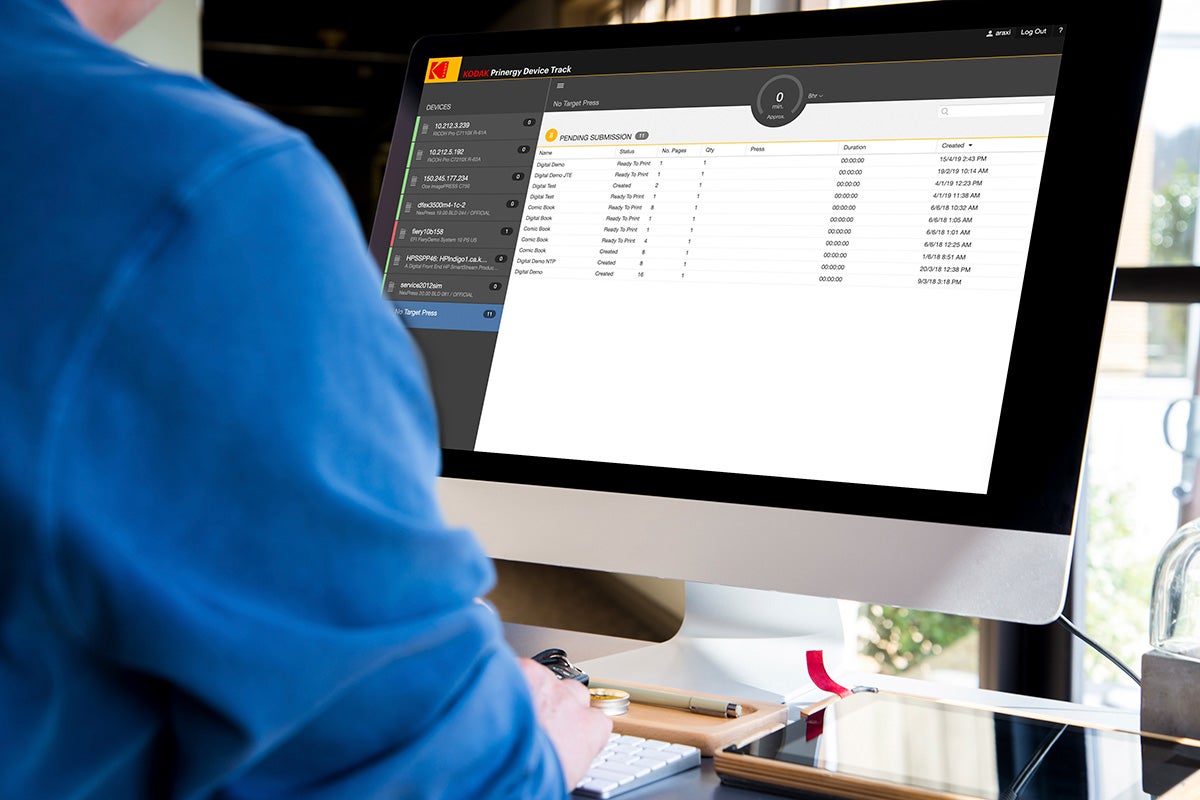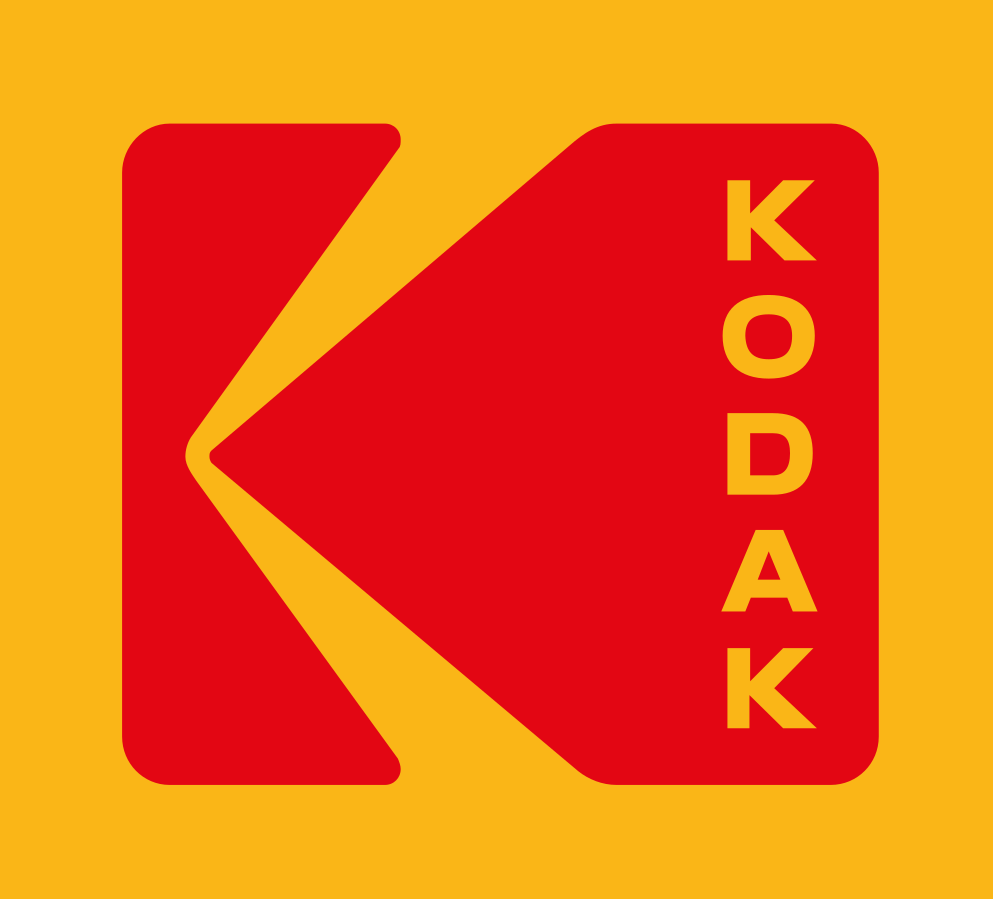
The packaging print industry faces a unique set of production challenges. A change in working practices as a result of lockdown has created a more dispersed workforce and increased pressure on meeting production deadlines.
Cyberattacks are on the rise, with the potential to bring operations to a halt.
Then, there is the pressure to reduce lead times and cut costs, while meeting a growing demand for customised, high-quality packaging on a greater scale than ever before.
If all this isn’t enough, a recurring frustration is the difficulty encountered bringing together incompatible software systems used by various stakeholders.
“There are just too many disconnects between business and production workflows,” says Kodak’s vice-president of software and service, Todd Bigger. “Some of the software in the print industry is outdated and has not been modernised. Vendors don’t necessarily have the capabilities to connect different workflows easily. This is where a revolution has to take place.”
It is a revolution Bigger and his colleagues are keen to lead. They have been hard at work expanding the capabilities of PRINERGY, Kodak’s workflow system. Last year, the automated software platform, which seeks to help printers manage their entire business processes conveniently and efficiently, moved to a cloud-based infrastructure. In January 2021, the company launched PRINERGY On Demand Business Solutions, which, among other enhancements, includes industry-specific software and analytics platforms.
Tailor-made tools
The latest platform offers capabilities specially tailored to the unique market requirements of the packaging sector. Production timelines are particularly challenging for fresh foods that will go to waste if the packaging is not printed and delivered on time. Vendors are under pressure to work at huge scale and speed, thereby compressing the time to market.
“Manufacturing supply chains are tightly linked and operate on a just-in-time basis,” says Kodak’s director of product management, Stephen Miller. “If a supplier is not able to provide bags/boxes to a packing facility when they are needed, production lines have to be stopped. You have got to be able to drop the product in when it is needed.”
Those in the packaging industry also face the additional pressure of ensuring high levels of precision and accuracy.
“If there is a mistake on a packaging design such as incorrect ingredient copy, you can’t just print a retraction like you can in a publication,” explains Miller. “In the packaging industry, you would have to recall the product and dispose of all the packages that are incorrect, including the contents of the package. There are lots of regulatory requirements to ensure ingredients are properly defined. You don’t want someone with a food allergy picking up an inaccurately printed package.”

Two years ago, Kodak introduced a set of packaging tools that work in Adobe Illustrator, enabling printers to create press-ready files.
“The packaging market creates files that are extremely complex, which in some cases take hours and even days to prepare for an output environment,” says Bigger. “We have just completed a test with the latest version of PRINERGY (9.0) where we have a customer who was taking 13 hours to render a complex file, which now takes three minutes. It is a huge step forwards, not just in speed, but in accuracy.”
The road to integration
For Miller, the goal of the platform is simple. “Essentially, we want to pull all of the workflows together and have a seamless flow of information” he says.
Over the last five years, Miller and his colleagues have invested heavily modernising the code within PRINERGY to ensure it can easily be connected to various pieces of software.
To create a fully integrated workflow solution for the print industry, Kodak partnered with trusted software providers: Microsoft to incorporate the power of its Dynamics 365 business solutions; PrintVis to provide the print-specific ERP/ MIS components, and Vpress to bring advanced web-to-print and VDP authoring functionality.
“We are working quickly right now behind the scenes to make sure that the connection points are ready for when we install so we don’t have to build in these things at the customer site – they are ready to deploy on day one of their software integration,” says Bigger.
Kodak’s professional services group is on-hand to ensure a smooth transition. A team of solution architects offers assistance throughout the integration process.
Leveraging AI
Once integrated into a single workflow, PRINERGY is able to collect and examine all of the customer’s data to identify personalised suggestions for improvement. The platform uses powerful automation to reduce the manual touchpoints, increasing productivity.
“One of the problems when people start looking into analytics is that all of a sudden they turn on the spigot and there is all this data coming at you,” says Miller. “We have been able to help our customers drill into the data and find business insights quickly.”
Bigger adds: “There are so many data points that a printer has to manage on a daily basis – it is not humanly possible. We use artificial intelligence to crunch the data and offer up further analytics.”
Into the cloud
As well as the logistical challenge of merging disparate platforms, cybersecurity is a growing concern. Since the outbreak of the pandemic, there has been a dramatic increase in cyberattacks.
“These attacks send ripples through the industry,” says Bigger. “People are really concerned about what is beginning to happen. That is one of the main reasons we have been driving PRINERGY On Demand – to move those on-premise, at risk-type engagements to a much more secure environment in the cloud.”

If disaster strikes, Kodak’s software ensures customers can resume operations with minimal disruption, thanks to real-time security monitoring and redundant backup – but persuading those in the print industry of these benefits is not always an easy task.
“Many people think that the cloud is a shared environment that doesn’t have a physical structure to protect them,” explains Bigger. “We have spent a lot of time over the last 18 months really helping to educate our customers about how their data is protected and maintained.”
Kodak’s efforts appear to be paying off and adoption of the new software is picking up pace.
“As more and more customers adapt to our solution, they are surprised at the depth of the technology and the capabilities it offers,” comments Bigger. “We are now starting to see some of the largest packaging companies on a worldwide basis convert to our software.”
The pandemic has made the packaging industry’s production challenges more evident and opened a space to re-evaluate the available software solutions. For those willing to embrace change and adapt their workflows, there is an exciting opportunity to retain high levels of quality while enhancing security and boosting productivity.



